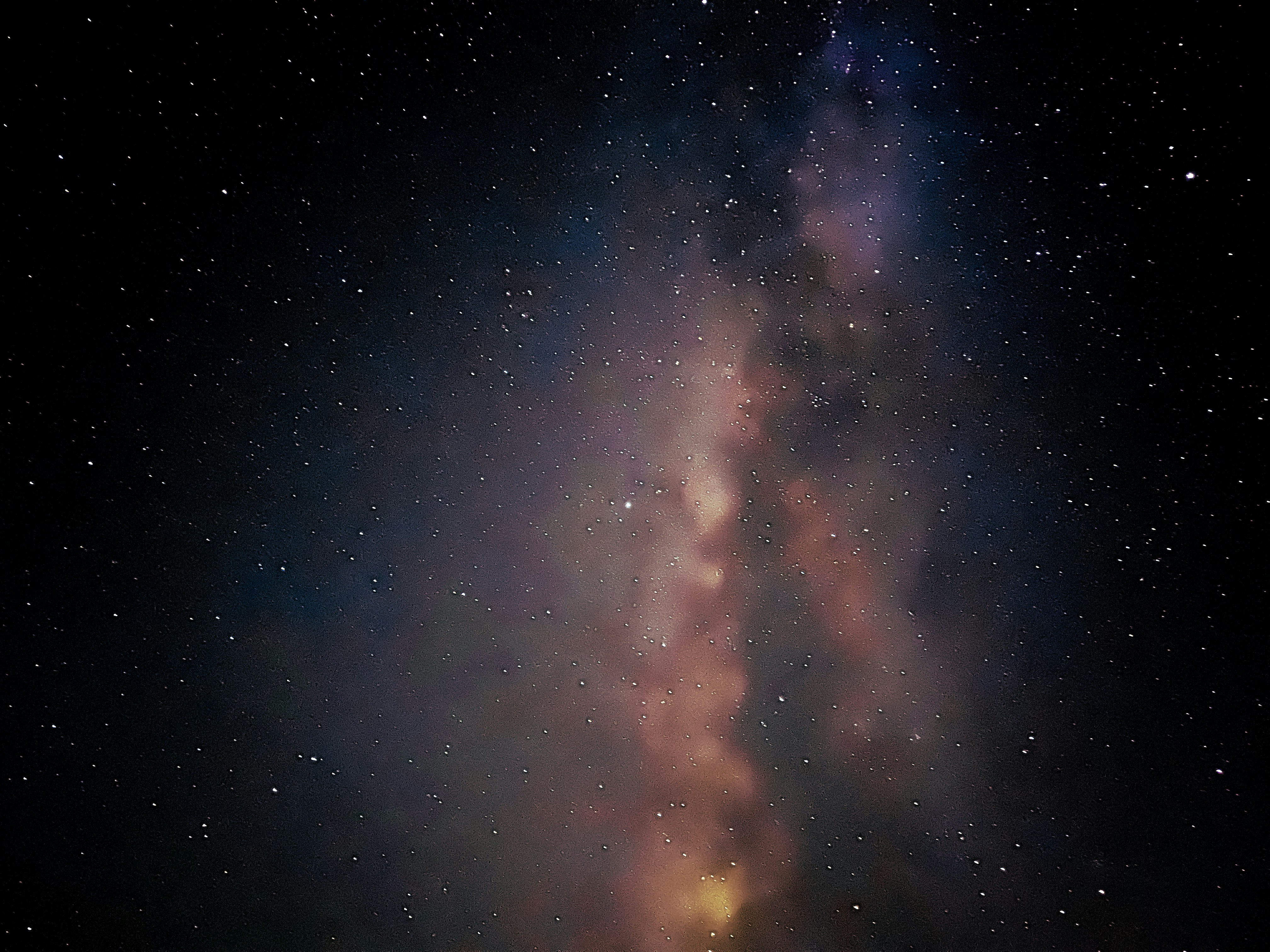
NASA’s James Webb Space Telescope (JWST) has achieved another groundbreaking discovery — providing the first direct measurements of a potential moon-forming disk around a massive exoplanet. The object, known as CT Cha b, is located about 625 light-years from Earth and could serve as a cosmic construction yard for future moons.
The findings, published in The Astrophysical Journal Letters, mark a major step toward understanding how moons and planets form in young planetary systems.
A Young Planet with Its Own Disk.
The host star of CT Cha b is only 2 million years old, still in its cosmic infancy and actively accreting material. Yet, Webb revealed that the circumplanetary disk around CT Cha b is separate from the star’s accretion disk. The planet and its star are a massive 46 billion miles apart, making the system uniquely fascinating.
According to researchers, moons may even outnumber planets in the galaxy, and some of these moons could one day be habitable. Webb’s ability to witness such processes in real-time opens a new chapter in planetary science.
Chemical Fingerprints in Starlight.
Using its MIRI (Mid-Infrared Instrument) spectrograph, Webb detected seven carbon-bearing molecules within the disk, including acetylene (C₂H₂) and benzene (C₆H₆).
This carbon-rich chemistry is very different from the host star’s surrounding disk, which is dominated by water molecules but shows little to no carbon. Scientists say this contrast highlights how rapidly chemical environments can evolve in just a couple of million years.
“We can see evidence of the disk around the companion, and we can study the chemistry for the first time. We’re not just witnessing moon formation — we’re also witnessing this planet’s formation,” said Sierra Grant of the Carnegie Institution for Science.
Echoes of Jupiter’s Moons.
The discovery draws parallels with our own solar system. Jupiter’s four largest moons — Io, Europa, Ganymede, and Callisto — likely formed within a circumplanetary disk billions of years ago. The Webb findings suggest that CT Cha b may be undergoing a similar process today.
“How do these moons come to be? What are their ingredients? What physical processes are at play, and over what timescales? Webb allows us to witness the drama of moon formation and investigate these questions observationally for the first time,” explained Gabriele Cugno, lead author from the University of Zürich.
What’s Next for Webb?
The team plans to expand their study by surveying more young exoplanets with circumplanetary disks. These observations could reveal whether moon-forming environments like CT Cha b’s are common or rare in the galaxy.
With each discovery, the James Webb Space Telescope continues to push the boundaries of cosmic exploration. From probing distant galaxies to watching planets and moons form, Webb is helping scientists unlock the secrets of the universe — and our own origins.






